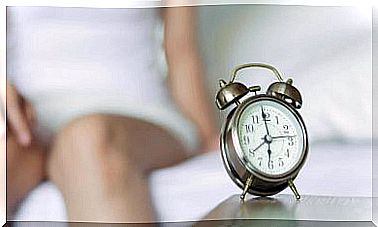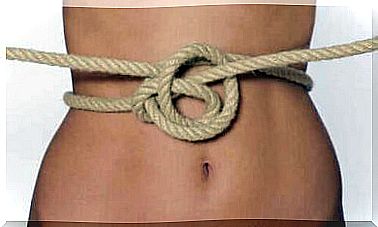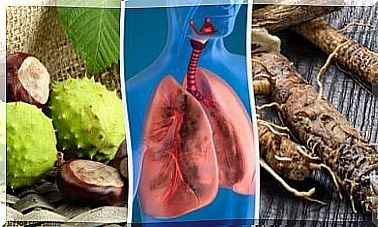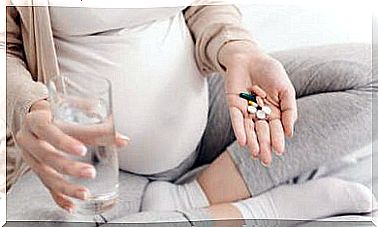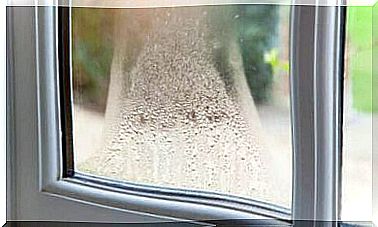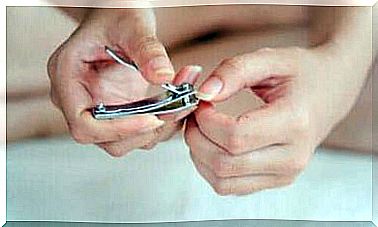Symptoms And Treatment Of Shingles In Children
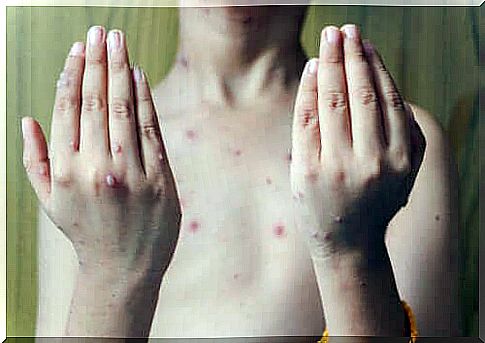
Shingles in children, also known as herpes zoster, is a rare viral infection caused by reactivation of the varicella zoster virus. The prognosis for this condition is usually good when the minor is healthy.
However, it is necessary to diagnose and treat it in time to avoid complications. OK, but what are the reasons? How do you recognize it? Keep reading to find detailed answers.
Causes of shingles in children
Shingles can occur in both healthy children and those with underlying immune deficiencies. The main cause is close contact with the varicella zoster virus, which remains latent in the nervous system throughout life. Thus, anyone who has had chickenpox can also get shingles later.
The incidence of this infection in childhood has to do with:
- Infection with intrauterine varicella zoster virus (VZV). The increasing incidence of shingles in otherwise healthy children may be due to a primary varicella infection of the uterus, where immunity is not fully developed.
- Vaccination with a weakened, live virus. Immune status at the time of primary infection is the most important determining factor when it comes to shingles in children. Latent varicella zoster virus (VZV) has been found in dorsal root ganglia in children without a history of chickenpox and without epidermal involvement.
- Secondary to postnatal exposure to VZV at an early age. This probably happened in childhood, when the immune system was not fully developed.
- Approximately 3% of cases occur in children with malignant tumors.
According to information published in the Journal of the American Academy of Dermatology , chickenpox in early childhood is a risk factor for herpes zoster in children.
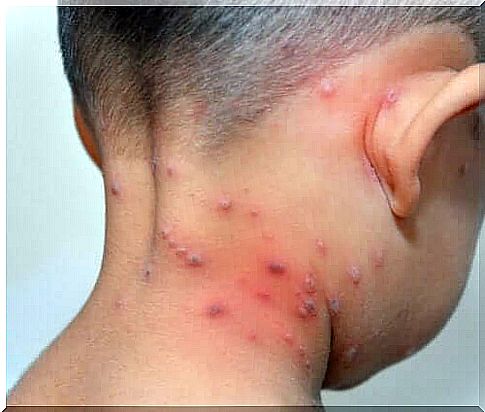
Symptoms of shingles in children
In general, the development of this disease is milder in children – the average duration is 1 to 3 weeks. Those between 2 and 12 years old may itch and have sore lesions. However, there is no acute neuropathic pain, which is characteristic of shingles in adults.
The infection is often located in areas such as the upper body and buttocks, although it can also appear on the arms, legs or face. Every child has different symptoms, but the most common clinical manifestations are:
- Hypersensitivity of the skin in the area where shingles appears
- Mild rash, which after five days appears as small red spots that later turn into blisters
- Then these blisters turn yellow and become dry
- A localized rash on one side of the body
- Eventually it disappears after a week or two
It is important to distinguish herpes zoster from herpes simplex zosteriform. You see the difference in the monomorphic vesicular lesions in the latter case, which is more common in children.
Treatment of shingles in children
Treatment options for shingles depend on the child’s age, immune status, duration of symptoms and appearance. The goal of most treatments is to:
- Limit the seriousness
- Limit the duration of the pain
- Shorten the duration of a shingles episode
- Reduce complications
The first line of treatment for shingles in children is oral aciclovir, given four times a day. In addition, you can start treatment with topical antibiotics and zinc sulfate supplements to prevent superinfections.
Children who develop ophthalmic herpes zoster should receive oral aciclovir. This is due to its documented effects on complications, such as anterior uveitis or stromal keratitis.
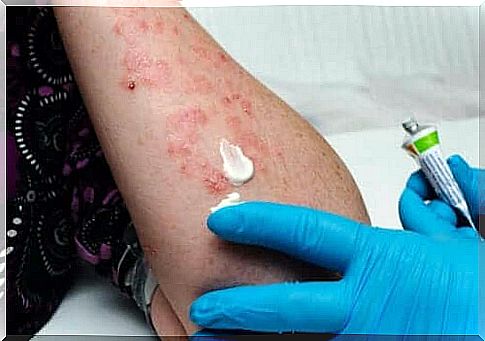
Self-prescribed medications
Paracetamol is the preferred antipyretic drug. This is due to the link between Aspirin and Reye’s syndrome (sudden onset, life-threatening encephalopathy and hepatic impairment ).
It is also due to an epidemiological link between ibuprofen and an increased risk of invasive
streptococcal group A infection in connection with chickenpox, but not causally.
Important considerations
Shingles in children is not contagious, but despite this, anyone with this disease can transmit the chickenpox virus to those who have never had it. Researchers have determined that this spread is only caused by direct contact with blisters.
The symptoms of this infection may be similar to other skin conditions. Finally, you need to see a doctor to get an accurate diagnosis.

